At the heart of Constellation’s rigorous quantitative analysis is what we call a metric. The metric is how we assemble the best available evidence about an intervention, use it to quantify the benefits in terms of increased income or improved health, and finally calculate a benefit-cost ratio to better understand the poverty-fighting impact of an organization’s work. We’ve built well over 200 metrics and we’re always adding more.
Below is Constellation’s up-to-date book of metrics. This is a living document: our team is continually building and refining our metrics to incorporate emerging evidence, improve upon our previous assumptions, more accurately reflect evolving community dynamics, and more. The interpretation and application of our metrics is informed by Constellation’s Technical Documentation, which seeks to articulate the core methodology behind our quantitative analysis. If you have any questions or feedback, please send us a note at metrics@constellationfund.org.


